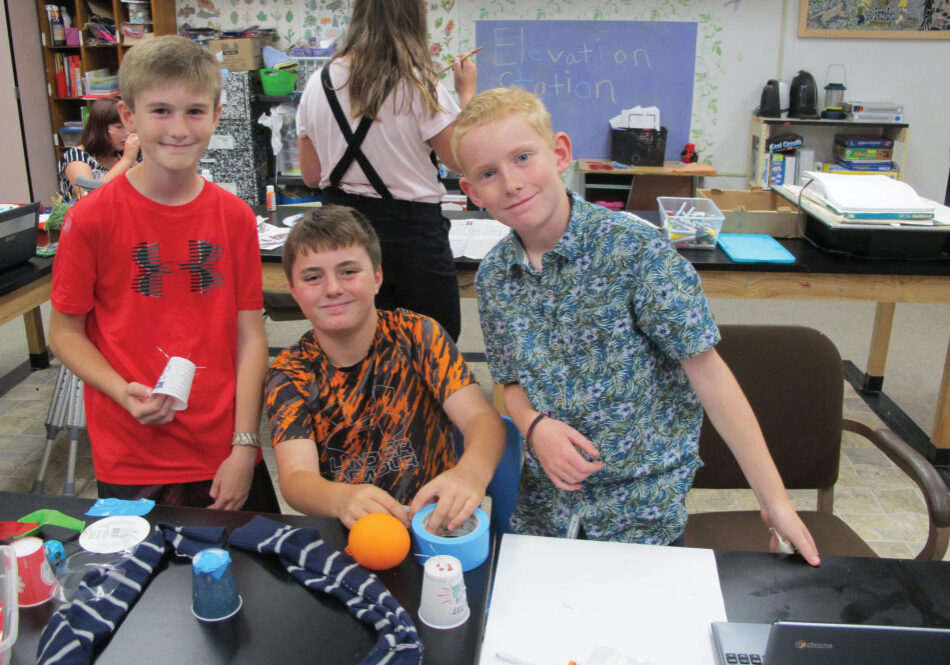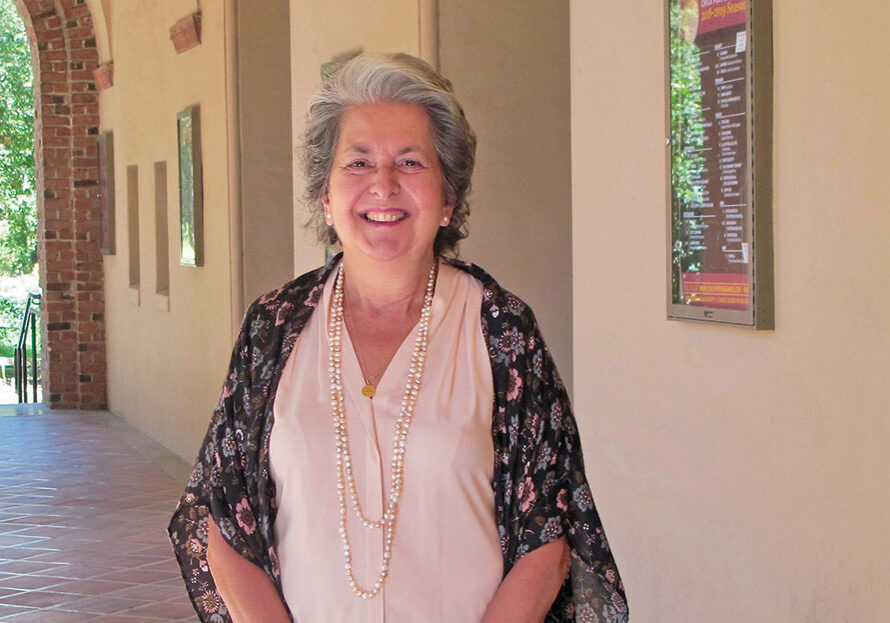School should be an adventure in learning, and so should life. But if you have not taken the time to observe how your child learns best, your child might be struggling unnecessarily in school.
Identifying learning styles can improve children’s lives
Identifying prominent learning styles in children is crucial to help them identify their strengths and overcome their weaknesses as they progress into a more diverse spectrum of courses grade after grade. We often needlessly separate creativity from learning. But when parents help children understand their dominant learning styles, they can use the knowledge to improve a child’s experiences, not only in school, but also in life.
Most people use a combination of learning styles. Do you know yours? There are six types of learning styles you want to explore: visual, auditory, verbal, kinesthetic, tactile, and logical. Knowing my own learning styles helps me become a better lifelong learner and a better learning coach for my child.

Each person’s learning style is a unique combination
You might think that your children will possess the same proclivities as you, but even though there may be some overlap, each person’s learning style is uniquely their own. For example, my daughter seems more visual than me and more auditory, is likely equally kinesthetic but maybe not quite as verbal. Logic and tactile probably fall lower on both our lists, whereas her dad, my husband, likely dominates these last two learning categories as well as being highly visual and auditory.
Experiment with learning styles to find what fits best
You don’t have to get tested to find out what kind of learners are living in your house. You simply have to be willing to reflect on what makes each of you tick. Where do you see a family member leaning in and where do you see a family member leaning out? This is usually enough information to help you experiment with learning styles and see how they may benefit each member of the family.
Here are some fun ways to “test drive” each type of learning style. Why not invite the whole family to explore their learning styles and report back on what they discover? You’ll learn things about yourselves and each other that will make your adventures in life and learning more enjoyable.
Visual
- Draw pictures, doodle or color.
- List both sides of an argument.
- Make a mind-map on paper to spoke off associated words or ideas. (Put a word or phrase in the center of the page and then draw lines outward like spokes and place the words for ideas or concepts related to that word or phrase at the end of the spokes.)
- Draw the shape of your idea or consult a chart or a graph.
- Use flashcards for memorizing.
- Make a lesson into a comic strip.
- Search for and read fun, visual blogs.
- Research topics on Pinterest with an eye out for colorful infographics.
- Watch videos with a steady stream of images or drawings.
- Do something visual like playing a video game or flipping through a magazine as a break from learning.
Auditory
- Use music in the background while learning.
- Read work out loud into a recorder or to the dog.
- Listen to lectures or stories in audio format.
- Write down what you notice as you listen or after you listen.
- Listen to yourself read out loud.
- Listen to the opinions of others to help sharpen your point of view.
- Enjoy discussion, dialogue and debating.
- Turn what you are learning into a rhyming poem or song lyrics.
- Listen to some upbeat or moving music while taking a break from learning.
Verbal
- Read up on topics of interest, highlighting any points to remember.
- Look up word definitions to spark ideas.
- Write out thoughts and rewrite thoughts to clarify what you think.
- Talk through your thoughts with another person.
- Build an argument on an opinion you feel strongly about.
- Play with acronyms (make up a story using every letter in one word as the first letter in a part of the story).
- Turn written words into spoken words and vice-versa to increase memorization.
- Play with verbal forms such as stories, poetry, articles, lists, commercials, etc.
- Immerse yourself in reading as a break from learning.
Kinesthetic
- Physically act out ideas you are trying to understand. Play all the parts.
- Draw your ideas out on large sheets of paper or on a whiteboard.
- Memorize information while in you are in motion.
- Use storyboarding techniques.
- Get outside and get your hands dirty to integrate thinking.
- Engage in pantomime or improv.
- Teach other students what you’ve learned.
- Use your whole body for learning as with dance or theater.
- Take frequent breaks when sitting for long periods to stretch or move.
- Clear your mind by going for a walk or a run or by doing chores.
Tactile
- Incorporate art projects into your assignments.
- Pull together a bunch of seemingly disparate parts into a collage or sculpture.
- Build an argument the way you would build a log cabin.
- Create a 3-d visual representation of lessons.
- Use flashcards for memorizing.
- Keep your hands and fingers moving while learning.
- Trace words or images to help you study.
- Watch video demonstrations for greater understanding.
- Work with clay, putty, or dough when stuck or integrating ideas.
- Take frequent breaks to stretch or move when sitting for long periods.
- Build a model or bake some cookies as a break from learning.
Logical
- Notice patterns in whatever you are studying.
- Classify or categorize things.
- Break information out into small chunks.
- Use if/then or if/when statements.
- Set goals and track your progress.
- Make a to-do list.
- Use examples, stats, and research.
- Pose a word problem and solve it.
- Use a spreadsheet to track progress.
- Appreciate timelines, diagram, and flowcharts.
- Tidy or organize things as a break from learning.
- Play word games like crossword puzzles or word search puzzles.
- Keep a jigsaw puzzle going for relaxation.
Posted in: Education
Comment Policy: All viewpoints are welcome, but comments should remain relevant. Personal attacks, profanity, and aggressive behavior are not allowed. No spam, advertising, or promoting of products/services. Please, only use your real name and limit the amount of links submitted in your comment.
You Might Also Like...

Back to School
Back-to-school is always a complicated time of year for families. Everyone is on varying levels of looking forward to it or dreading going back. Often, it’s a mix of both! […]

Forest Ranch Charter School
Forest Ranch Charter School After School Program At Forest Ranch Charter School, what happens after school is just as vital to student engagement and learning as what happens during school. […]

Helping Kids Learn to Make Good Decisions
Nurture independent decision-making Ever looked at your child in bewilderment and asked: “What were you thinking?!” Then you know that kids, especially teens, can make some profoundly poor decisions. Luckily, […]

Siskiyou County Schools Tackle Tobacco
“Eighty-one percent of California teenagers prefer dating non-smokers,” recites Maya, a Butteville Elementary sixth grade student who is rehearsing for one of a series of recorded tobacco awareness ads to […]



